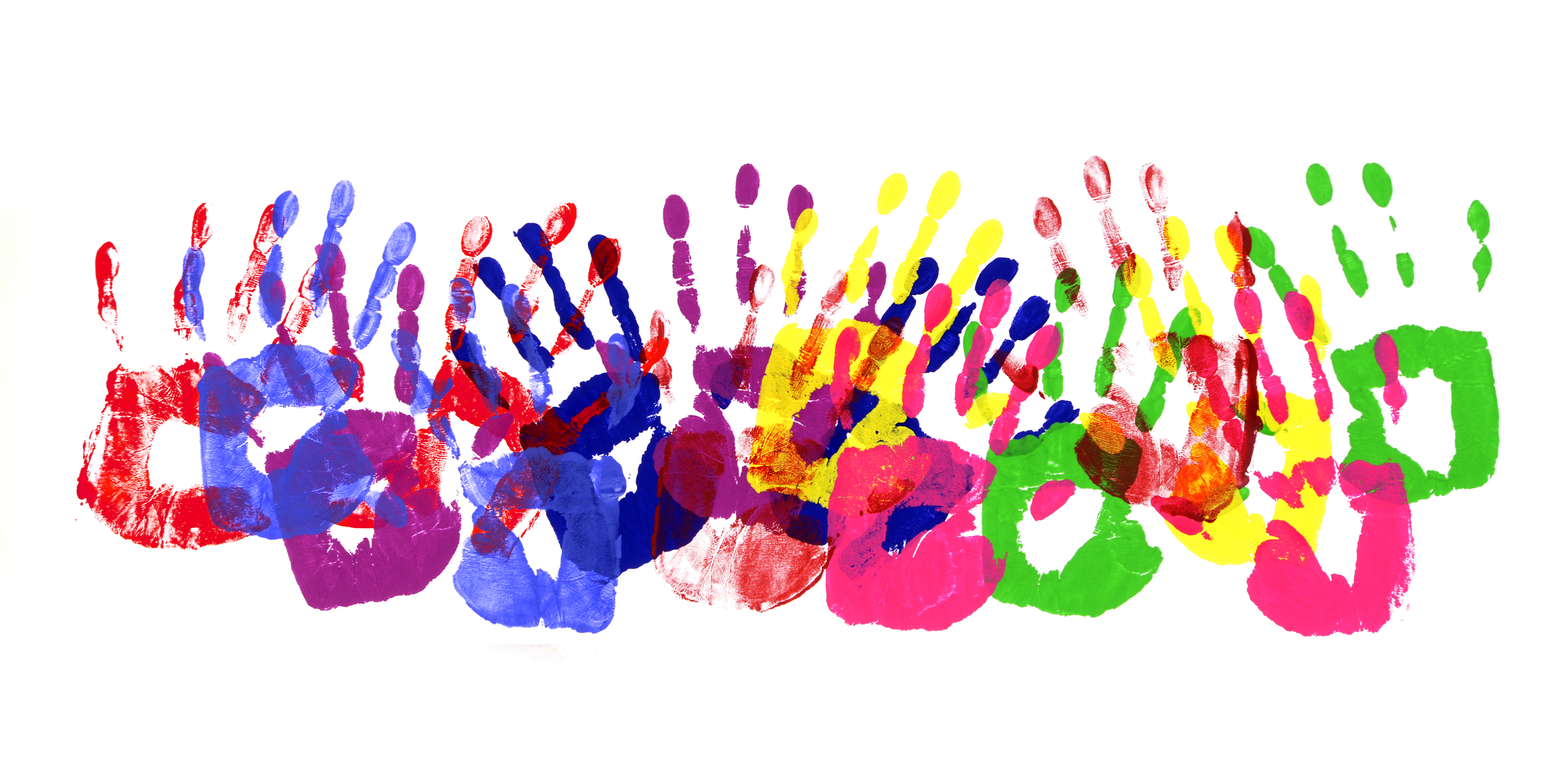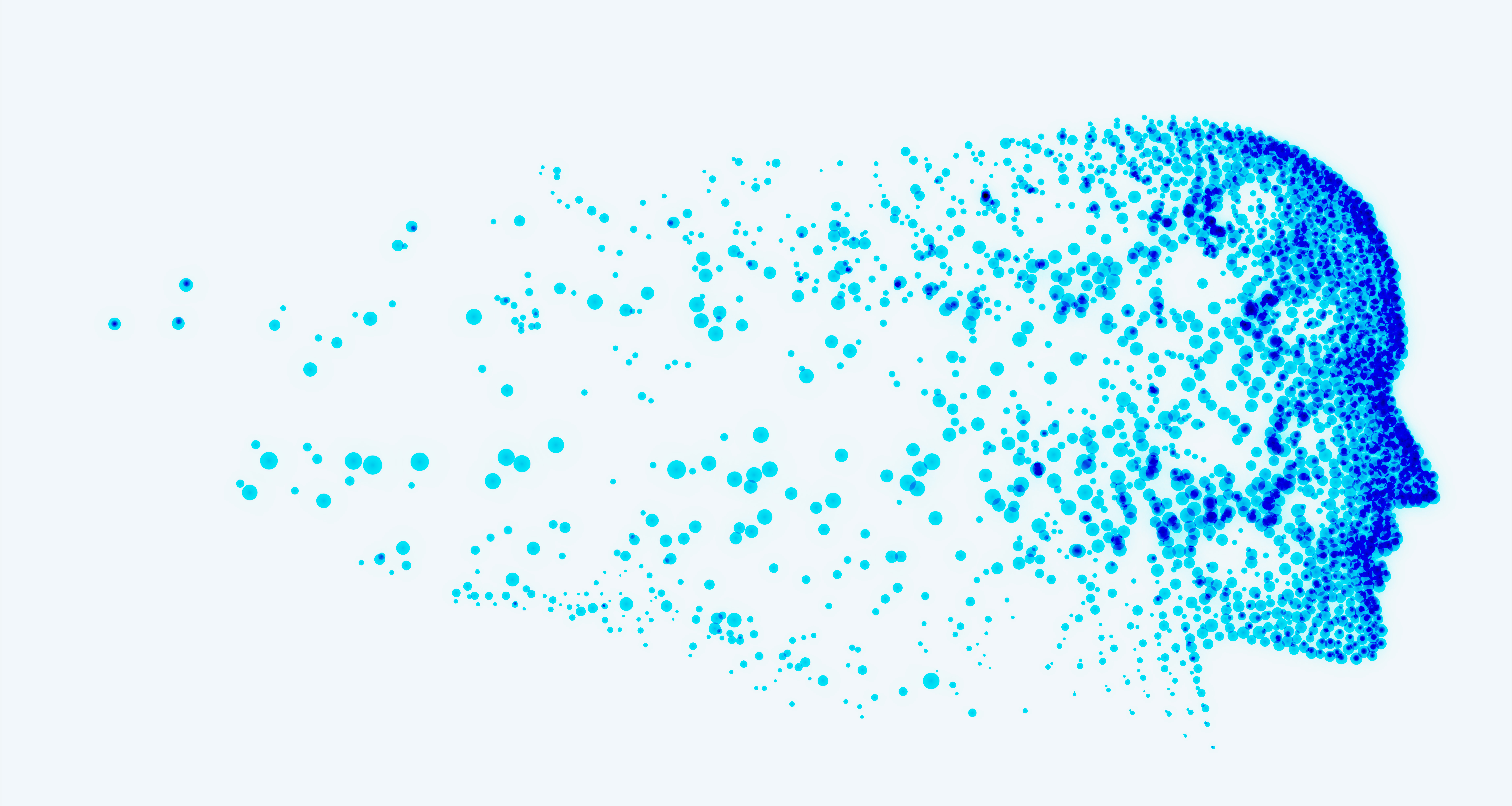Developmental Coordination Disorder
There are no clumsy children. There is a developmental coordination disorder!

Developmental coordination disorder is a common condition that can be treated if recognized early.
Clumsiness… Our trait that often plagues us.
In fact, clumsiness is a condition that starts in childhood and can be treated if diagnosed early. It even has a medical diagnosis. Developmental coordination disorder.
Your child…
Frequently trips and falls, dropping objects around?
Is he behind his peers in buttoning up and tying his shoes?
Having trouble in craft class?
Is it always the last to be picked in team games?
Has trouble with handwriting and can’t keep up with homework?
If you answer yes to these questions, you need to take action for developmental coordination disorder, which affects 6-8% of preschool and school age children.
Developmental coordination disorder is defined as lack of motor skills and lack of coordination that interferes with daily activities. Hyperactivity and language development problems are also common in these children.
As developmental coordination disorder prevents daily activities, these children begin to stay away from activities that require physical participation and are isolated by their friends. Over time, a lack of self-confidence and dislike for their own productions emerge.
Labeling children with motor problems as “clumsy” can cause us to miss out on valuable intervention time between the ages of 4 and 8. There are no clumsy children. He has a developmental coordination disorder.
Diagnostic Criteria for Developmental Coordination Disorder
- Competence in daily activities that require motor coordination is significantly below what would be expected given the person’s chronological age and measured intelligence level. This may be manifested by marked delays in reaching motor milestones (e.g. walking, crawling, sitting), dropping things, “clumsiness”, poor proficiency in playing sports, or poor handwriting.
- This disorder significantly impairs school success or activities of daily living.
- Even if there is mental retardation, motor problems are usually more than accompanying it.
- Reflects nonspecific impairment in brain processing where the problem cannot be clearly demonstrated in brain anatomy, including problems with sequencing, timing, and judgment. In motor disability, there are problems in cognitive, sensory and motor processes; visual, movement and deep perception are involved.
- Motor coordination significantly below chronological age and measured intelligence
– The disorder significantly impairs academic achievement or adjustment functions.
– The disorder should not be due to a general medical condition (eg, cerebral palsy, muscular dystrophy.)
– If there is mental retardation, the motor deficit is more than the cognitive deficit.
– Fine and gross motor skills are significantly below cognitive function.
– There will be no neurological cause to explain the motor impairment and will be from early development.
– Delays in reaching early motor milestones (e.g. delays in grasping, grasping and walking)
Insist on toe or wide base walking
Absence of abnormal tone, weakness, dysmetria, or focal neurological deficit
– Inability to achieve age-appropriate motor milestones (eg catching the ball, jumping on one foot, drawing age-appropriate figures)
– Significant delay in visual-motor integrity, sequencing, deep sense, motor performance, and imitation of gestures.
Epilepsy (Sara), Autism, Cerebral Palsy, Ketogenic Diet, Headache, Developmental Retardation It is the informative Child Neurology website of Associate Professor Barış Ekici, a pediatric neurologist.








